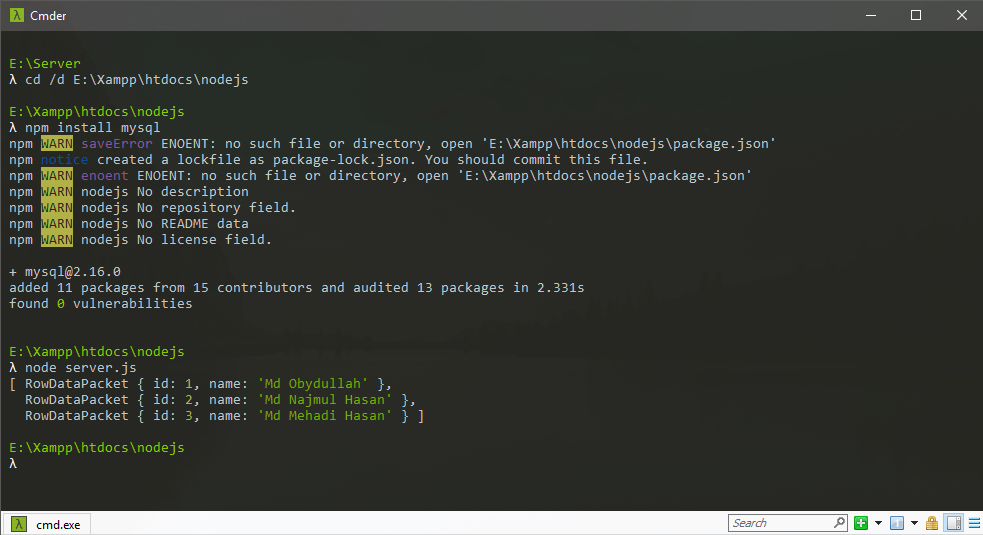
We can reference dependencies by relative paths to the files we need, and if we want to import components into containers in our source code, it looks like the following: Let’s say we have the following project structure: - Project One of the most fundamental benefits of Webpack configuration is that it helps simplify the definition of relative paths in a project. If a project file structure is complex, it can be hard to resolve relevant module paths. Relative paths are not directly related to dependencies, but we use them when we define dependencies.
Node js bundle files how to#
Finally, we discuss how to configure Webpack, if we want to include third-party libraries in our project. Next, we discuss and demonstrate configuration for code splitting of multiple and single page applications.

The first part of this blog post explains how to simplify the definition of dependencies in a project. This blog post provides guidelines, with examples, of how to configure Webpack for different scenarios, and points out the most common pitfalls related to bundling of project dependencies using Webpack. However, configuring Webpack and its dependencies can be stressful and is not always a straightforward process, especially for beginners. Processing can include all the necessary tasks for managing and optimizing code dependencies, such as compilation, concatenation, minification, and compression. Webpack is one of the available module bundlers that processes JavaScript code, as well as all static assets, such as stylesheets, images, and fonts, into a bundled file.

In Node.js, one of today’s most popular JavaScript frameworks, module bundlers allow loading NPM modules in web browsers, and component-oriented libraries (like React) encourage and facilitate modularization of JavaScript code. JavaScript, though, has lacked any formal approach to modularization until the arrival of the latest version of ECMAScript ES6.

The concept of modularization is an inherent part of most modern programming languages.


 0 kommentar(er)
0 kommentar(er)
